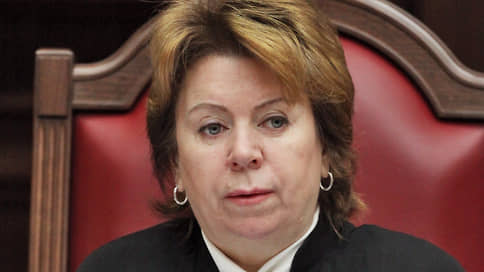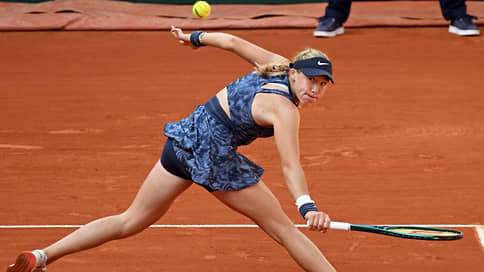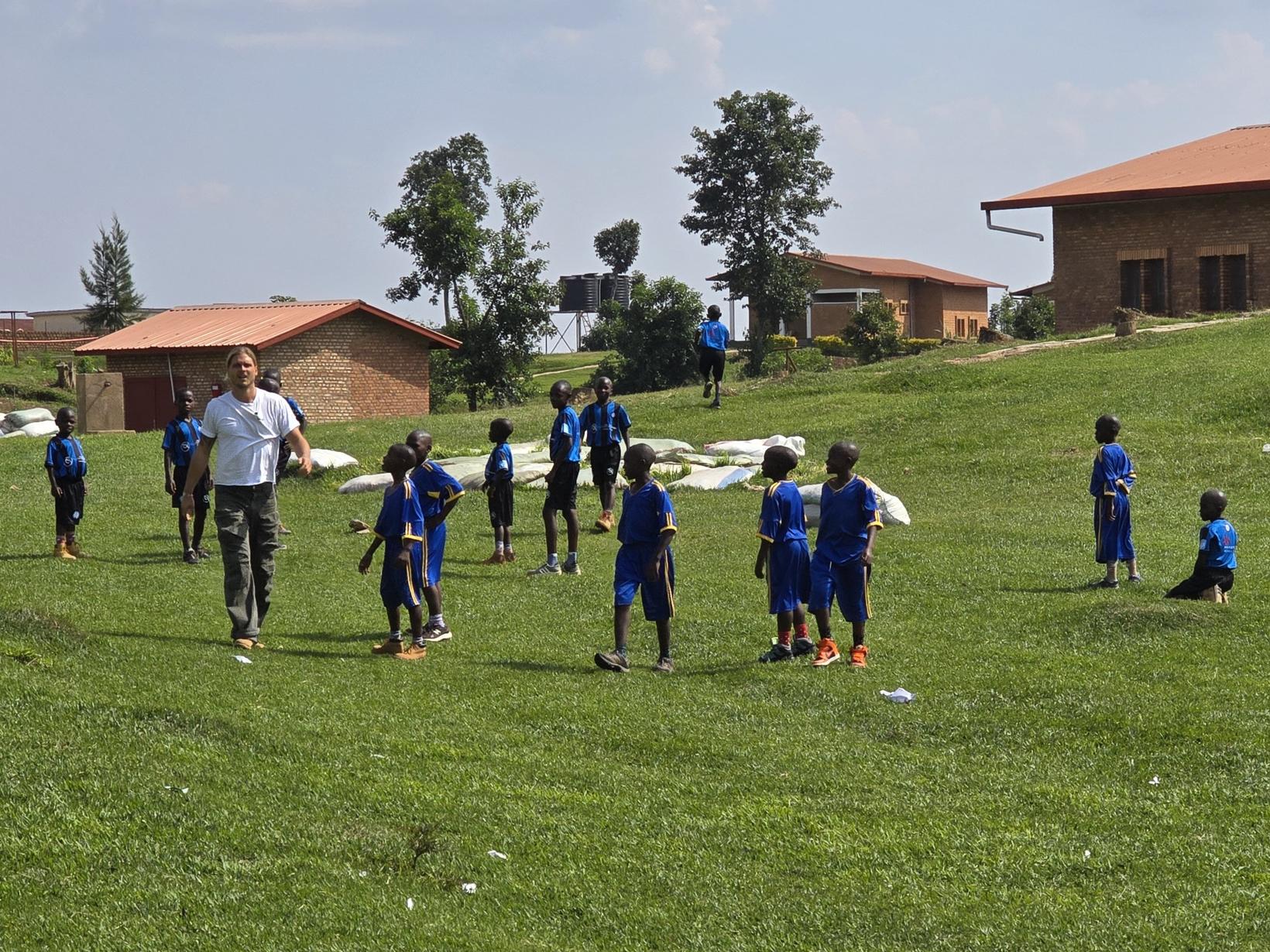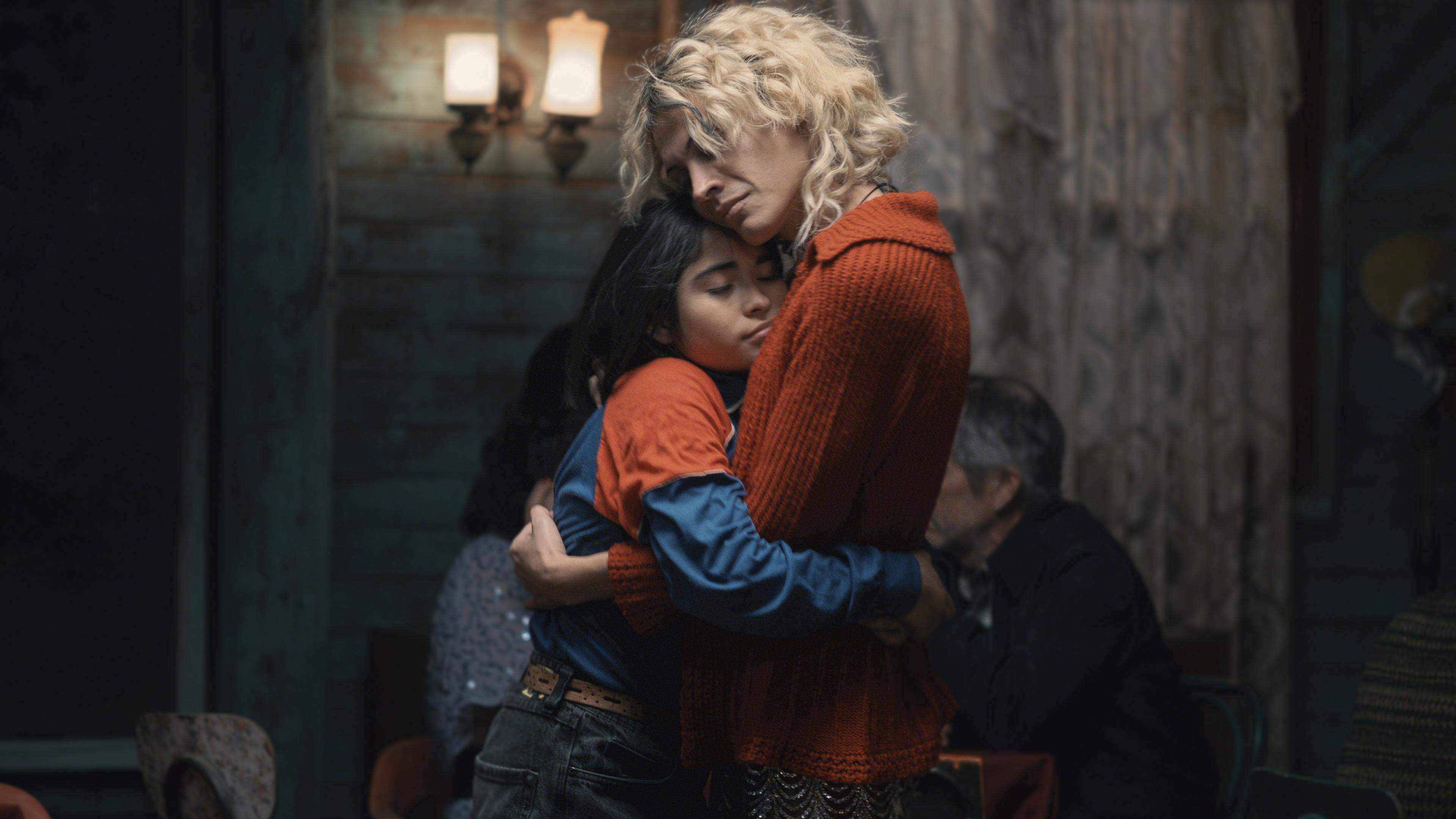In Russia, the growth of food sales slows down
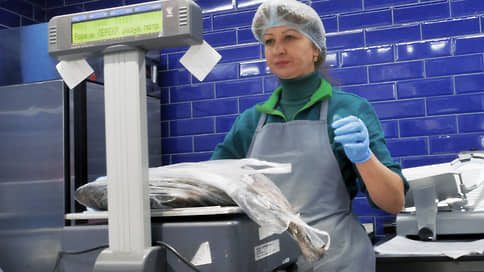
The growth rate of natural sales of food products according to the results of January -Marota decreased by more than three times a year. This is also due to inflation, which may turn out to be the most sensitive to consumers in segments of fruit and vegetable products, fish and seafood. A decrease in the growth rate of demand often forces the business to postpone new investment projects.
Sales of food in natural terms in January -March in Russia increased by 2.1% of the year by the year, counted in the analytical company NTECH. The growth rate significantly slowed down: in the first quarter of last year, a similar increase was 6.8%, in the second – 6%, in the third – 7.8%, in the fourth – 5.2%. According to Nielsen, natural sales of food in offline and online channels in the first quarter increased by 4.4% year by the year. In January -March 2024, the indicator was estimated at 10.2%.
Dmitry Leonov, deputy chairman of the Board of the Rusprodsoyuz Association (unites large manufacturers of food), says that members of the organization record a slowdown in the growth rate of products. This is indirectly indicated by consumer expenses. According to T-Pay, the number of transactions for the purchase of food products in the first quarter grew by only 2% of the year, and their cash volume was 12%.
In retail chains, a small slowdown in consumption growth is also traced: people began to save more and spend less, says Stanislav Bogdanov, chairman of the Presidium of the Retail Company of Retail Companies.
The expert is inclined to consider this trend more likely to normalize the picture of the growth of demand after the high pace of the second half of 2023 and 2024. Nielsen analysts indicate the same factor: it is more difficult to grow to a higher base of last year.
NTECH draws attention to the fact that the growth rate of consumption of products began to slow down in the context of an increase in inflation. According to Rosstat, the prices for food products in March 2025 rose by 12.4% year by the year. This is one and a half times higher than March 2024 (8.1%). “The real increase in the income of the population does not overlap the price effect,” says Dmitry Krasnov, managing director of the Center for Competence in the agricultural sector “Rexoft Consulting”.
The slowdown in consumption growth, according to NTECH observations, has already led to the stagnation of the demand for products, the consumption of which previously grew confidently. This affected chips, cream, seafood, caviar and finished salads, analyzes analysts. According to Nielsen, the minimum growth of natural sales in the first quarter was shown frozen foods – 0.5%year by the year, for dairy products, the indicator amounted to 2.2%, and the sales of snacks were completely dropped by 1%. Mr. Bogdanov calls the drivers for retailers the novelties of brands, his own brands of networks in the categories of fresh dairy, meat products and semi -finished products.
Dmitry Krasnov is waiting for the most pronounced slowdown in demand for the results of only 2025 in the categories of products with a leading increase in prices. These are vegetables and fruits, fish and seafood, separate segments of meat and dairy products, alcoholic beverages, confectionery, he lists. In NTECH, many sausages, natural semi -finished products made of meat, dumplings, sugar, mayonnaise, semi -hard and melted cheeses are considered “inflationary” groups.
The further growth of demand for food, according to Mr. Leonov, will be determined by inflation: « Its gradual decrease can lead to an increase, and growth will be restrained. »
The complicated conjuncture of the food market can slow down the implementation of investment projects on it, experts pay attention. “Projects with paybacks for more than five to seven years are increasingly paused: capital investments go either to“ fast ”projects with relatively short ROI (Return of Investments, investment payback), for example, poultry farming,” Mr. Krasnov cites an example. In addition, he adds, to adversely affect investment activity continues the growth of production costs.


